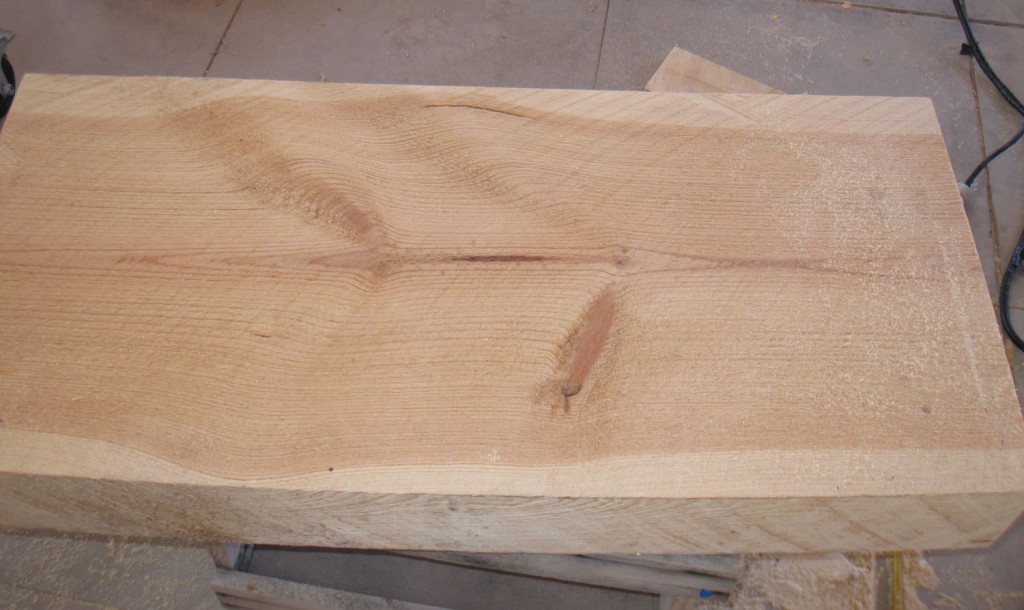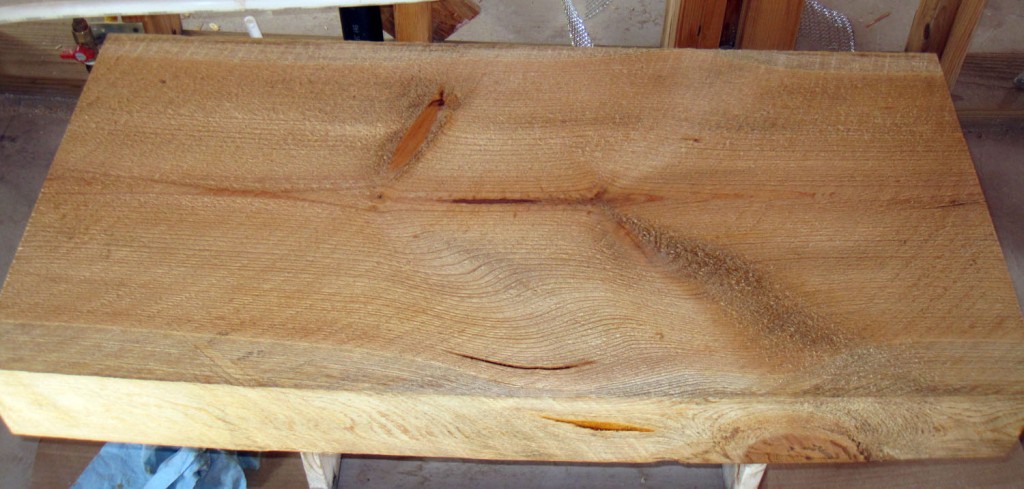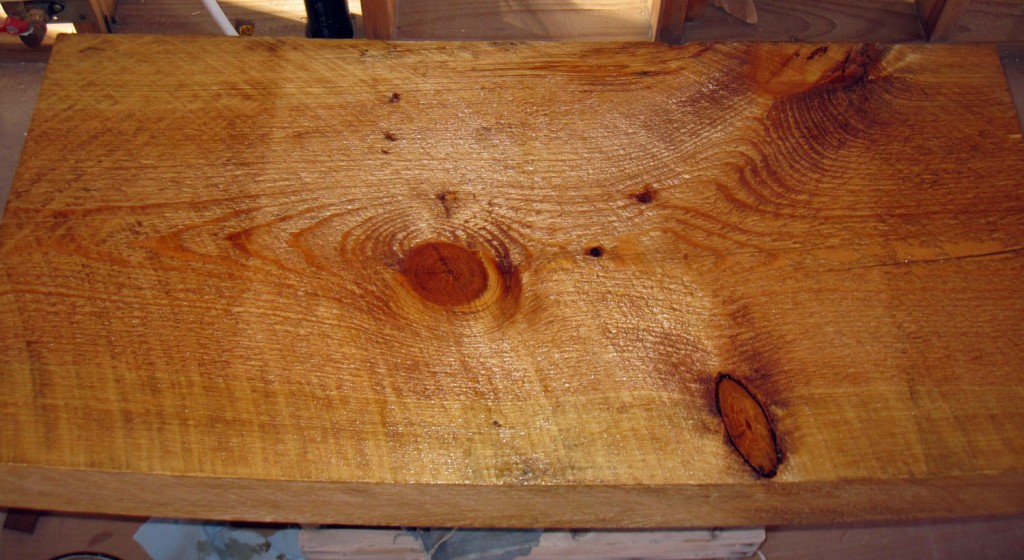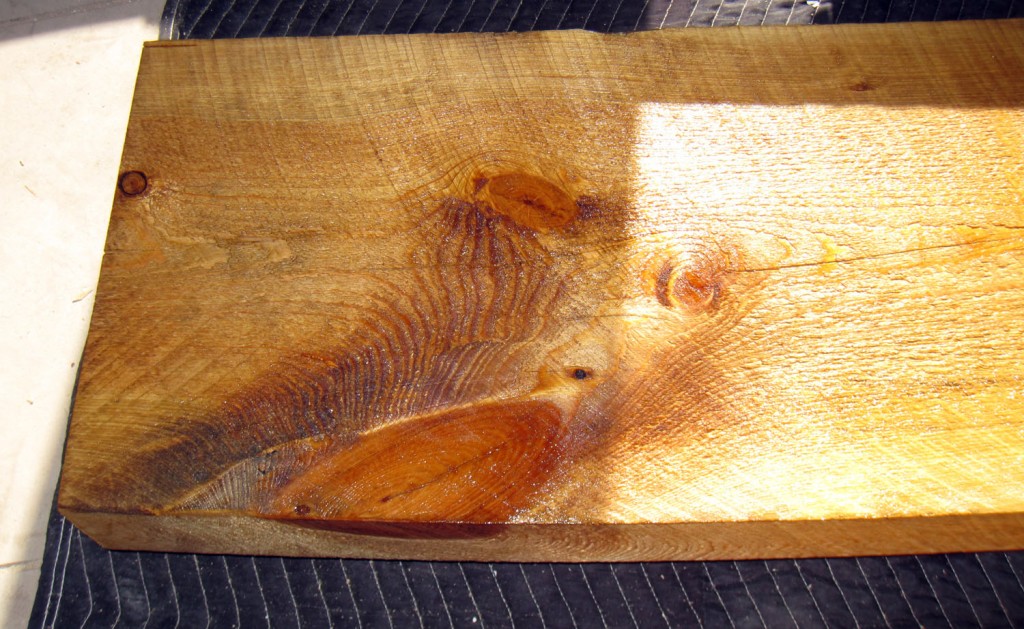It is finally spring here! There are lots of baby cows and poppies this spring. We have had several days of warm weather and are stucco’ing madly. Not too much fun in the 40 mph wind gusts we had today, but that is a part of spring here.
Each evening after stucco’ing, I’m working on finishing the big timbers that will go up around the doors and windows where there is adobe. The color is the hardest part to me — to stain or not to stain? I’m leaning toward leaving the vigas (round timbers that are already up) and the glulam with a natural finish and doing the rough timbers and ceiling boards with a light stain like we have for the ceiling in the guesthouse.
The first step was to trim the timbers. Then for the finish. I don’t have much experience with finishing rough wood, so any advice is welcomed.
Here’s my process so far.
- Belt sand the ends of the timbers.
- Wirebrush all the wood, removing as much dirt as possible. (There are some grey marks on some of the wood, but not everywhere. At the beginning, I didn’t know how much the varnish would cover that, but it seems to be covering fine.) It’s weird to be not to be doing round and rounds of sanding.
- Use compressed air to clean any miscellaneous dust, etc. off the surface.
- Apply Minwax pre-stain wood conditioner. (These timbers are ponderosa pine, a soft wood. Conditioner is supposed to help the stain take better.)
- Apply Minwax stain. I used a 50/50 mix of oak and natural, the same as we used for the ceiling boards in the guest house.
- Apply two coats of Waterlox Marine Sealer. (This is a pretty expensive tung oil finish system designed for extreme weather. Some of these beams will be outside, and the other finishes I’ve tried for outdoor wood haven’t lasted. I’m hoping to use this on the new outside doors as well.)
- Apply two coats of Waterlox Marine Finish.
With drying time and two sides for each board, the whole process takes about 14 days. This will take awhile, but so far, the results look good.




